How To Apply Stain To Fence
Welcome to ‘All Fenced Up’, your trusted partner in fence maintenance. We understand the importance of a well-maintained fence, not just for aesthetics but also for longevity. That’s why we’re here to guide you on how to apply stain to your fence effectively. With our expert tips and techniques, you’ll be able to protect your fence from harsh weather conditions and enhance its natural beauty. Let’s dive into the process and ensure that your fence stays strong and attractive for years to come.
Get Your Free Quote Today
Discover How To Apply Stain To Fence Properly
Unlocking the secret of how to apply stain to a fence can significantly enhance your outdoor space’s aesthetic appeal and durability. This crucial aspect of fence maintenance is not just about slapping on some color. It involves a meticulous process that, when done correctly, can protect your fence from harsh elements and extend its lifespan. Whether you’re looking to stain a wood fence or a privacy fence, understanding the best way to apply stain will ensure your fencing investment stands the test of time.
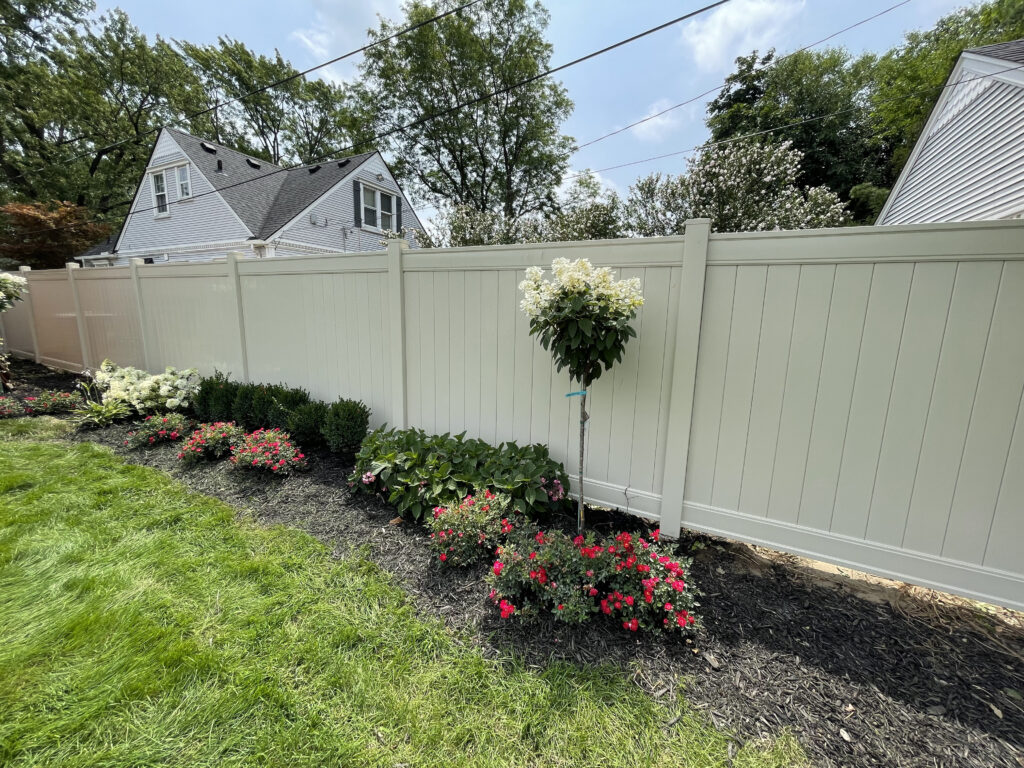

Challenges in Applying Stain to Your Fence
Staining a fence might seem straightforward, but it’s often fraught with challenges that can affect the final outcome. From choosing the right stain to ensuring an even application, homeowners often encounter difficulties that can make the process daunting.
- Choosing the right stain: With a plethora of options available, selecting the most suitable stain for your fence can be overwhelming. The wrong choice could lead to poor results and reduced durability.
- Inconsistent application: Achieving a uniform coat of stain on your fence is not always easy. Uneven application can result in blotchy areas that detract from your fence’s appearance.
- Weather conditions: The weather plays a significant role in staining a fence. High humidity or rainfall can interfere with the drying process and affect the quality of the finish.
- Lack of proper tools: Using inappropriate tools for applying stain can lead to streaks and drips, compromising the overall look of your fence.
- Maintenance issues: Failing to maintain and restain your fence regularly can lead to premature wear and tear, affecting its longevity and aesthetic appeal.
Mastering How To Apply Stain To Fence: A Comprehensive Guide
Overcoming the challenges of staining a fence is simpler than you think. With the right approach, tools, and stain, you can transform your fence into a durable and visually appealing barrier. Here’s our step-by-step guide to help you master the art of applying stain to your fence.
- Selecting an appropriate stain: Start by choosing a high-quality stain suitable for your fence material. Consider factors like weather resistance, color, and finish. A good quality stain will provide better coverage and longevity.
- Preparation is key: Before you begin staining, ensure your fence is clean and dry. Remove any dirt or mildew with a power washer or a stiff brush. This step ensures that the stain adheres properly to the wood.
- Check the weather: Aim for a day with moderate temperatures and low humidity to start your staining project. This will allow the stain to dry evenly without interference from rain or excessive moisture.
- Pick the right tools: Depending on your comfort level and the size of your project, choose between brushes, rollers, or sprayers for application. Brushes offer precision but can be time-consuming while sprayers cover large areas quickly but might require more cleanup.
- Maintain consistency: Apply the stain evenly across all sections of your fence. Use long, even strokes in the direction of the wood grain for best results.
- Schedule regular maintenance: To keep your stained fence looking its best, plan for regular maintenance checks. Depending on exposure to weather conditions and wear and tear, re-staining may be necessary every few years.
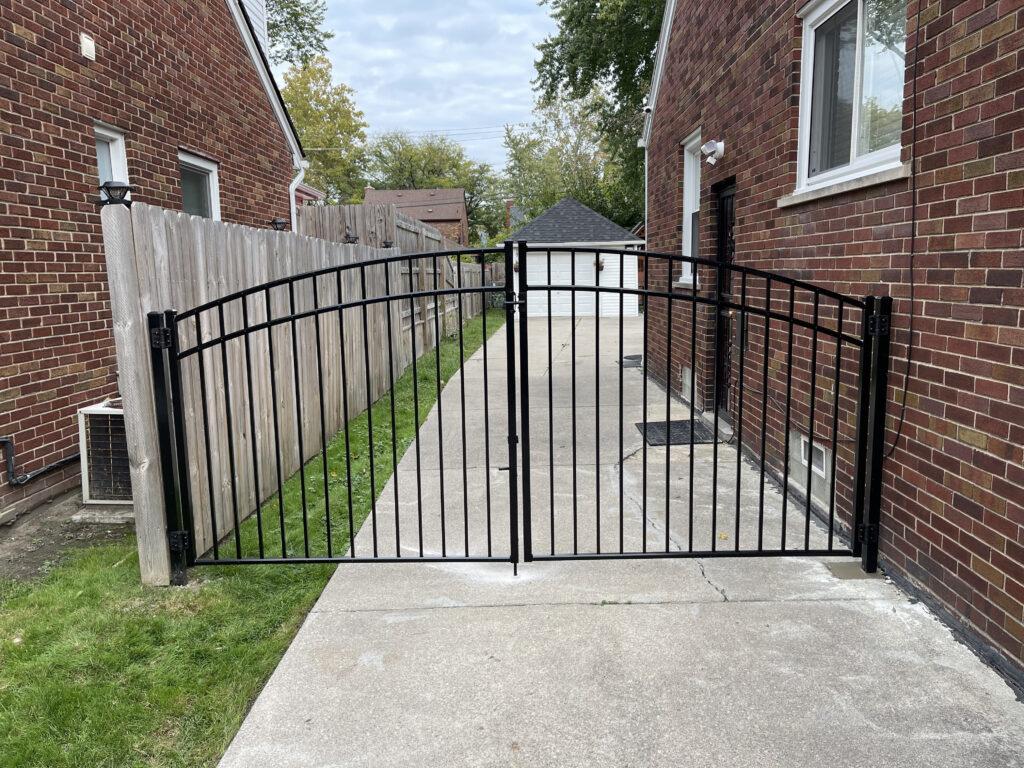
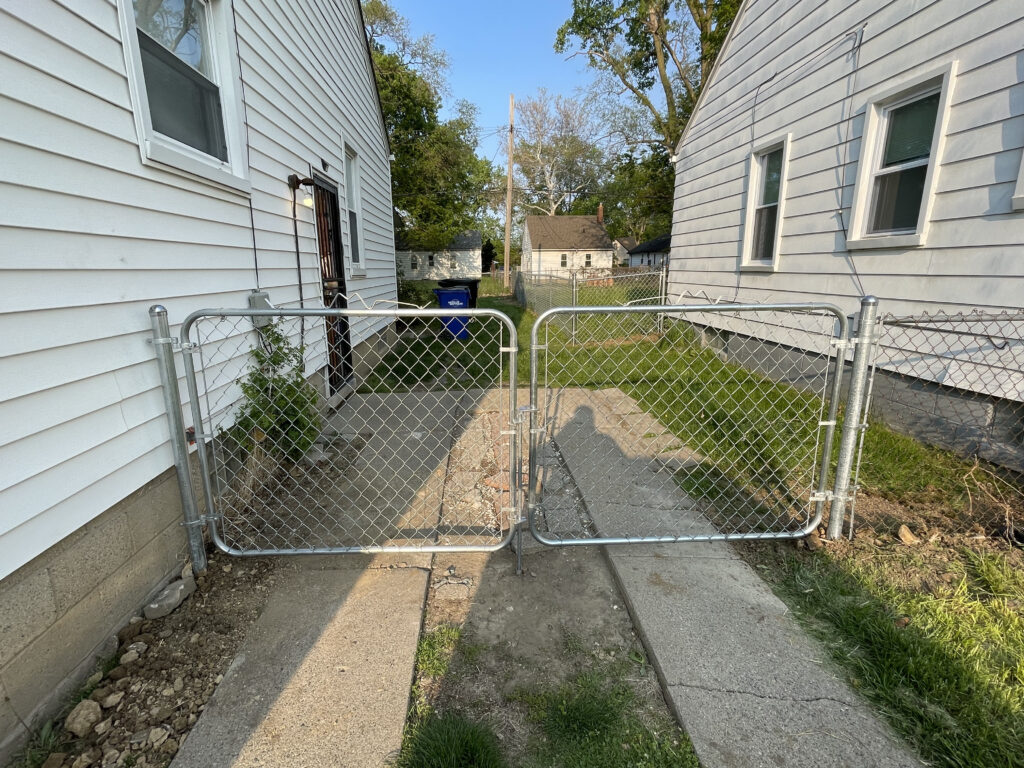
Digging Deeper: Techniques for Staining Your Fence Effectively
Staining your fence is a task that requires careful planning and execution. It’s not just about applying a coat of color, but also about ensuring the stain penetrates the wood for maximum protection and longevity. Here, we delve into some advanced techniques that can help you achieve professional-level results when staining your fence.
- Choosing the right time: The best time to stain your fence is early morning or late afternoon when the sun isn’t at its peak. This prevents the stain from drying too quickly and helps ensure an even finish.
- Using a primer: Applying a primer before staining can help enhance the color of your stain and improve its adhesion to the wood. This step is especially beneficial for older fences that have been exposed to weather elements for years.
- Sanding between coats: If you’re applying multiple coats of stain, lightly sanding between each coat can help achieve a smoother finish. Use fine-grit sandpaper and wipe off any dust before applying the next coat.
- Tackling hard-to-reach areas: For hard-to-reach areas like corners or tight spaces between slats, use a smaller brush or a detail sprayer to ensure thorough coverage.
- Sealing after staining: Once your stain has fully dried, consider applying a clear sealant to provide an extra layer of protection against weather damage and UV rays. This step can significantly extend the life of your stained fence.
Ready to Stain Your Fence? Let’s Get Started!
If you’re ready to transform your fence with a fresh coat of stain, don’t hesitate. Whether you’re looking for the best way to stain a wood fence or seeking advice on the easiest way to stain a fence, we’re here to help. Start protecting your privacy fence from harsh weather conditions and enhance its aesthetic appeal today. Don’t wait, reach out to us at ‘All Fenced Up’ for expert guidance and support in your fence staining project.
Our dedicated team at All Fenced Up is at-the-ready to provide you with great customer service and first class Fence Maintenance. Reach out to us at (734) 977-0554 to discuss your Fence Maintenance needs today!
Understanding the Costs Involved in Staining Your Fence
Applying stain to your fence is a cost-effective way to enhance its durability and aesthetic appeal. The overall cost can vary depending on several factors, including the size of your fence, the type of stain you choose, and whether you decide to do it yourself or hire a professional.
- Type of Stain: High-quality stains may have a higher upfront cost but often provide better coverage and longer-lasting protection, which can save you money in the long run.
- Fence Size: The larger your fence, the more stain you’ll need, which will increase the overall cost. However, buying in bulk might offer some savings.
- DIY vs Professional Services: Doing it yourself can save labor costs but consider whether you have the necessary tools and skills. Hiring professionals might be more expensive initially but they often guarantee quality workmanship which could result in longer intervals between re-staining.
- Preparation and Cleanup: Costs may also include cleaning supplies or power washing services to prepare your fence for staining. Additionally, consider any cleanup or disposal fees if you’re hiring a professional service.
- Maintenance: Regular maintenance checks and re-staining every few years are part of ongoing costs that help prolong your fence’s lifespan.
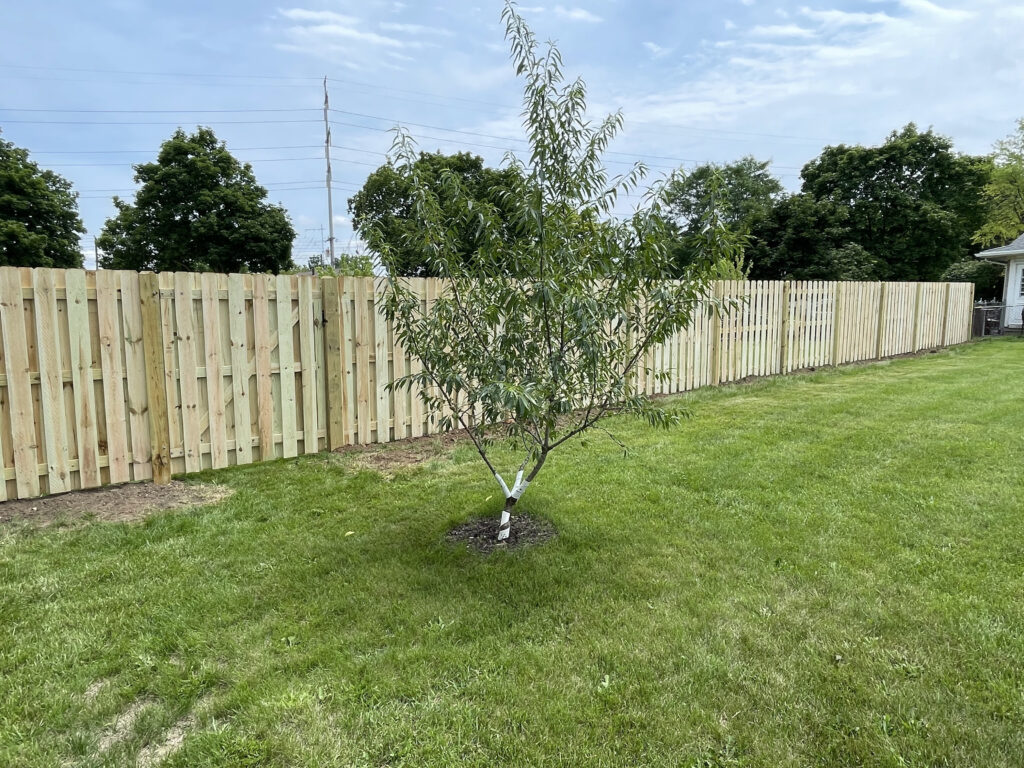
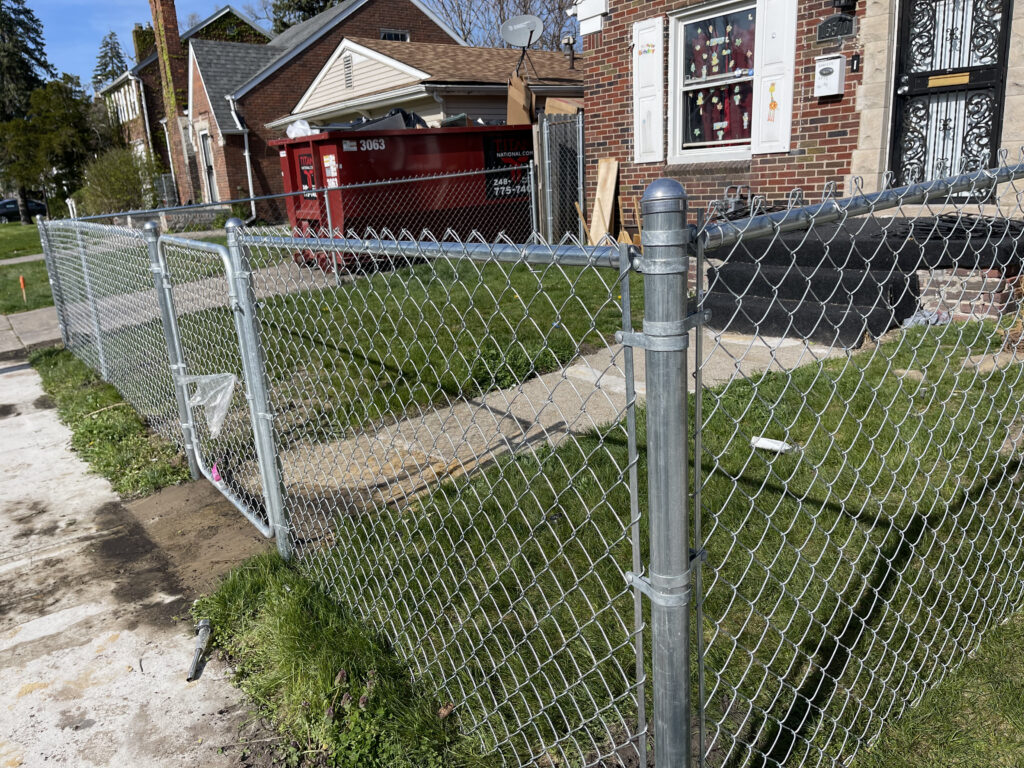
Applying Stain to Your Fence: A Crucial Step in Local Fence Maintenance
In our local area, fence maintenance, particularly staining, is a crucial task for homeowners. Our region is known for its fluctuating weather conditions, from scorching summers to wet winters. These conditions can take a toll on your fence, leading to premature wear and tear if not properly protected. Staining your fence not only enhances its aesthetic appeal but also provides a protective layer against these harsh elements. Whether you have a privacy fence or a wood fence, understanding the best way to apply stain can help preserve its beauty and durability amidst our local climate challenges.
Revitalizing a Weathered Fence with Stain in a Coastal Community
A homeowner living near the coast noticed that her once vibrant wooden fence was starting to look weathered and dull due to the harsh sea air and fluctuating weather conditions. Determined to restore its original beauty, she decided to learn the best way to apply stain to a fence. She researched extensively, choosing a high-quality, weather-resistant stain that would withstand the local climate. Armed with her chosen tools – a brush for precision and a roller for larger areas – she waited for a day of moderate temperature and low humidity before embarking on her staining project. With careful preparation, including cleaning and drying the fence thoroughly, she applied an even coat of stain, enhancing not just its aesthetic appeal but also its durability against the coastal elements. Her well-executed staining project not only revitalized her fence but also added an extra layer of protection, ensuring it would stand strong against future weather challenges.


Mastering the Art of Applying Stain to Your Fence
What is the best way to apply stain to a fence?
The best method to apply stain to a fence is by using a brush or a sprayer. A brush allows for more control and precision, especially in tight corners and intricate designs. A sprayer, on the other hand, can cover large areas quickly but may require more cleanup.
How do I prepare my fence for staining?
Before applying stain, ensure your fence is clean and dry. Remove any dirt or debris with a power washer or stiff brush. If there’s old paint or stain, you might need to sand it down. Allow the fence to dry completely before applying the stain.
What is the easiest way to stain a fence?
The easiest way to stain a fence is by using a sprayer as it covers large areas quickly. However, you must be careful not to overspray and affect surrounding plants or structures.
Can I apply stain on my privacy fence?
Absolutely! Staining not only enhances the look of your privacy fence but also extends its lifespan by protecting it from weather elements and insects.
How often should I re-stain my outdoor wood fence?
This depends on the type of stain used and your local weather conditions. Generally, it’s recommended to re-stain your outdoor wood fence every two to three years for optimal protection and aesthetics.
Testimonials From Our Customers
At All Fenced Up, we’ve built our reputation on delivering high-quality aluminum, vinyl, wood, and chain link fencing to homeowners and businesses across the region. We’re truly grateful for the trust our customers place in us and proud to be part of the projects that shape your properties. Knowing our fences provide both security and style is what drives us every day—and your continued support is what keeps us going strong.
